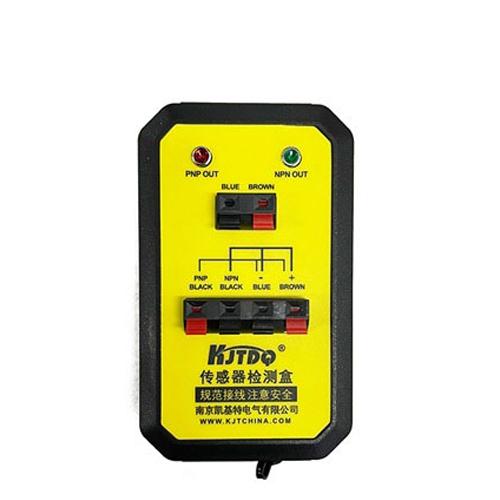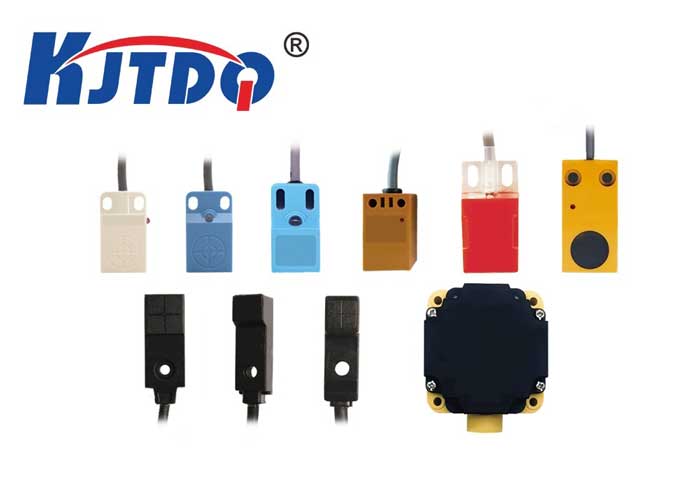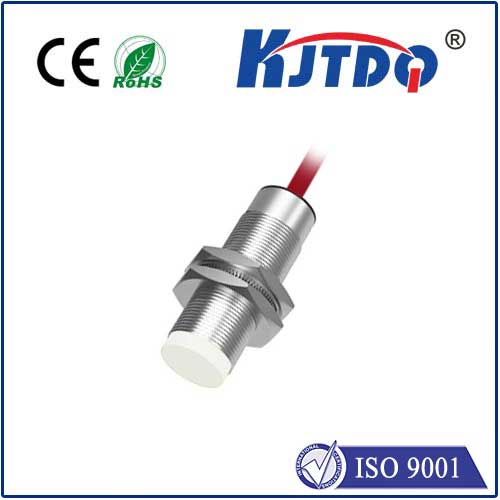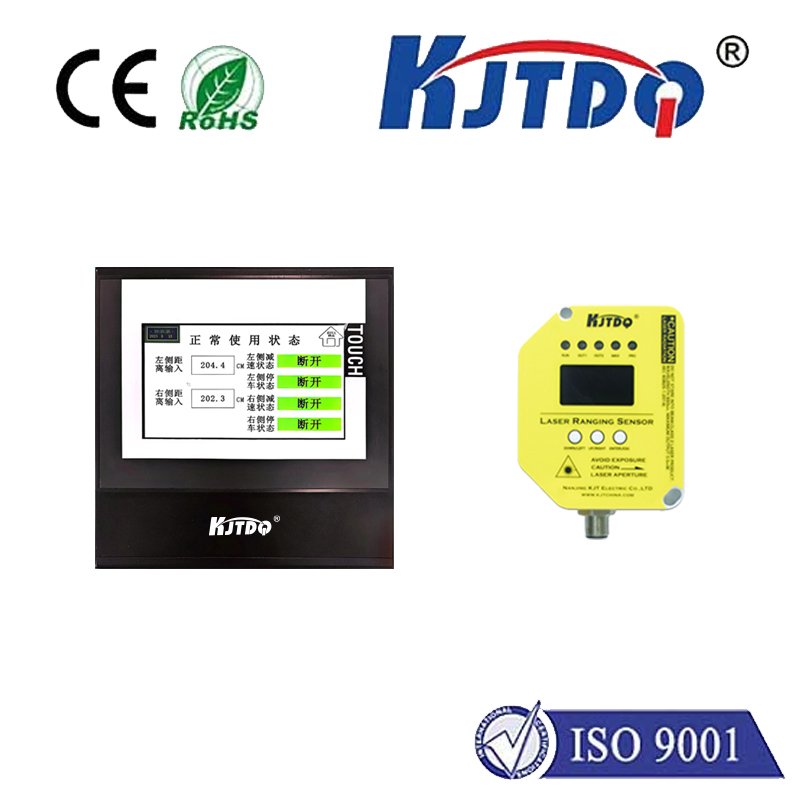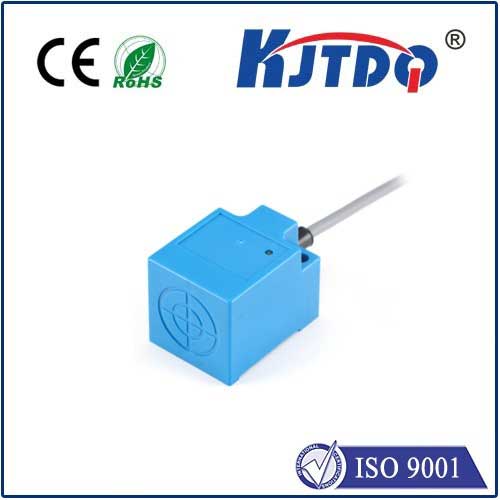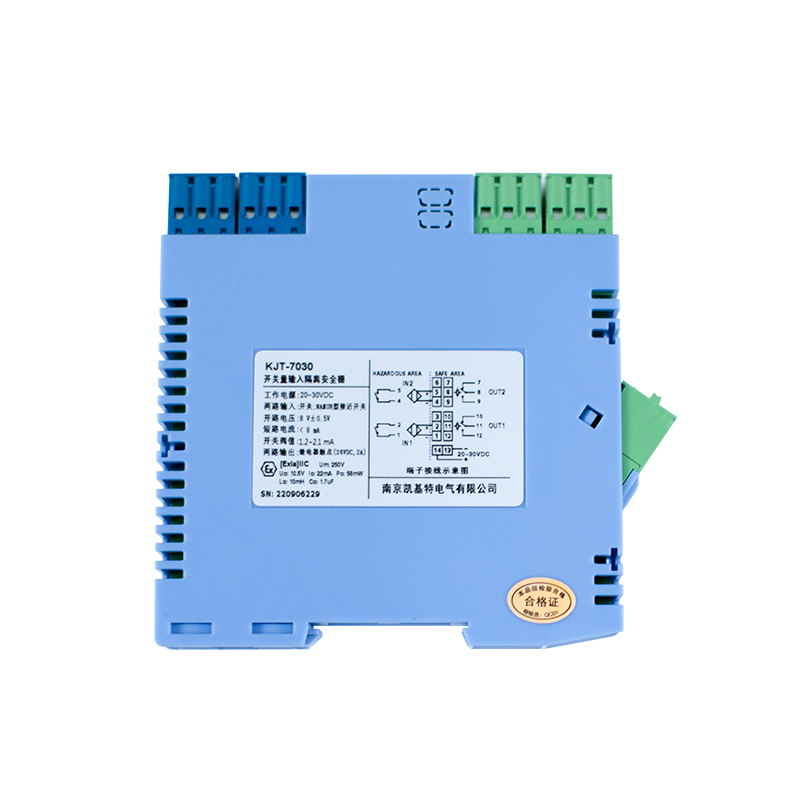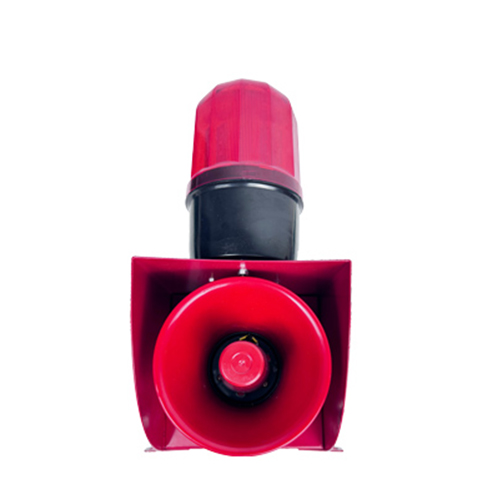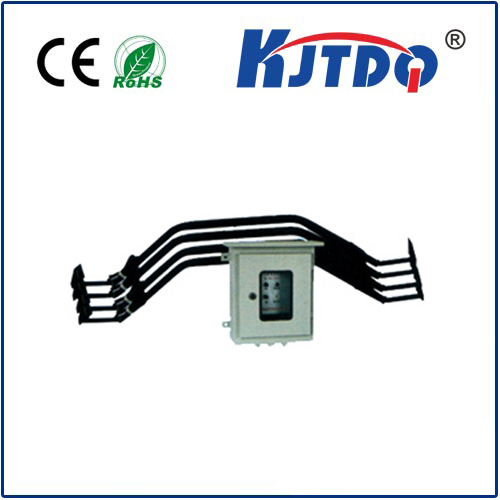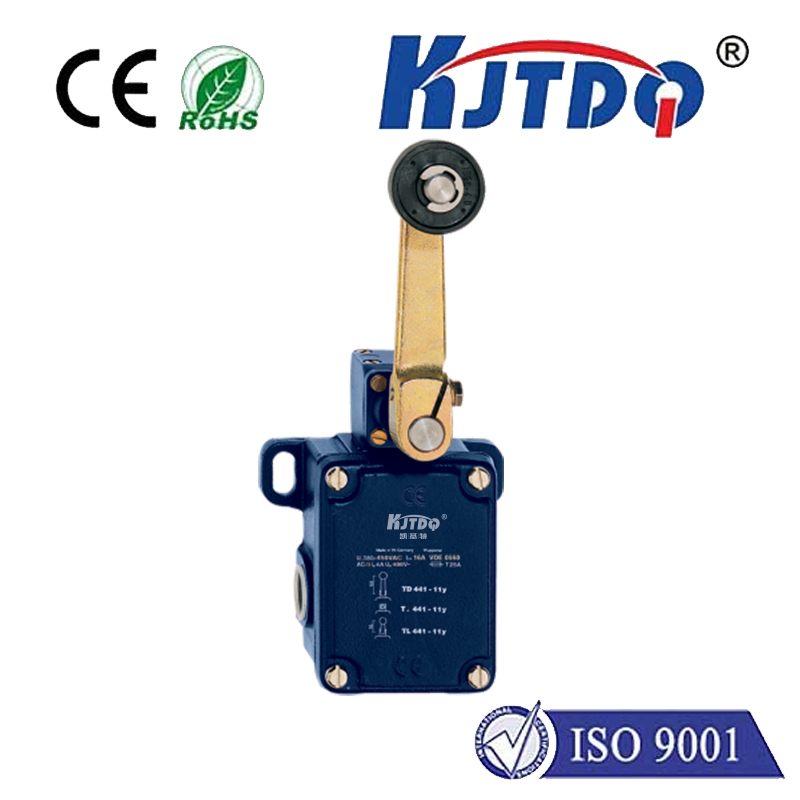

check

check

check

check

check

check

check

check

check

check
Title: Inductive Metal Sensors: A Revolution in Measuring Physical Properties
Introduction:
Inductive metal sensors are a revolutionary technology that has transformed various industries by providing accurate and reliable measurements of physical properties. These sensors operate on the principle of electromagnetic induction, which allows them to detect changes in the magnetic field caused by the presence or absence of metal objects. With their high sensitivity, wide range of applications, and minimal maintenance requirements, inductive metal sensors have become essential tools for numerous industries, including automotive, aerospace, medical, and industrial automation. In this article, we will explore the basic principles of inductive metal sensors, their working mechanism, application areas, and future prospects.
Principles of Inductive Metal Sensors:
Inductive metal sensors work on the principle of electromagnetic induction, which states that a changing magnetic field induces an electrical current in a conductor. When a metal object is placed near an inductive sensor, it creates a magnetic field that interacts with the sensor's coil. This interaction causes a change in the electric current flowing through the coil, which can be measured and converted into a physical property value such as temperature, acceleration, or position. The accuracy and reliability of inductive metal sensors depend on several factors, including the quality of the sensor's design, the materials used in its construction, and the operating environment.
Working Mechanism of Inductive Metal Sensors:
The working mechanism of inductive metal sensors can be broken down into three main components: the coil, the magnetic field generator, and the measuring device. The coil is typically made of copper wire wound around an iron core, which acts as a magnet. When a metal object is placed near the coil, it generates a magnetic field that interacts with the coil's magnetic field. This interaction produces an electric current that flows through the coil and is measured by the measuring device. The measuring device converts the electric current into a numerical value that represents the physical property being measured. Some common types of inductive metal sensors include proximity sensors, angle sensors, and position sensors.
Application Areas of Inductive Metal Sensors:
Inductive metal sensors have found numerous applications in various industries due to their high sensitivity, accuracy, and versatility. Some of the most prominent application areas include:
1. Automotive Industry: Inductive metal sensors are widely used in car engines to measure temperature, pressure, and other critical parameters. They also assist in detecting faults in engine systems and providing real-time feedback to drivers.
2. Aerospace Industry: Inductive metal sensors play a crucial role in monitoring the performance and health of aircraft engines and other mechanical systems. They help prevent costly repairs and ensure safe flight operations.
3. Medical Industry: Inductive metal sensors are used in medical devices such as prosthetic limbs, orthopedic implants, and neuroprosthetics to monitor vital signs and provide feedback to surgeons.
4. Industrial Automation: Inductive metal sensors are employed in process control systems to monitor equipment performance, detect anomalies, and optimize production processes. They help reduce downtime, improve efficiency, and enhance safety.
Future Prospects of Inductive Metal Sensors:
The demand for inductive metal sensors is expected to continue growing rapidly in response to technological advancements, increasing consumer demands for precision and reliability in various industries. Some of the key trends shaping the future of inductive metal sensors include:
1. Integration with Artificial Intelligence (AI) and Machine Learning (ML): As AI and ML technologies continue to evolve, inductive metal sensors are becoming more intelligent and autonomous, enabling them to make more accurate predictions and decisions based on real-time data.
2. miniaturization: To achieve greater portability and flexibility, manufacturers are striving to miniaturize inductive metal sensors while maintaining their sensitivity and accuracy. This involves developing smaller coil sizes, reducing power consumption, and improving signal robustness.
3. Non-contact sensing: To avoid contact-dependent failures and contamination issues, researchers are exploring non-contact sensing methods that use optical or ultrasonic techniques to detect metallic objects without physically contacting them. These approaches promise higher durability and immunity to environmental conditions such as moisture and dust.
